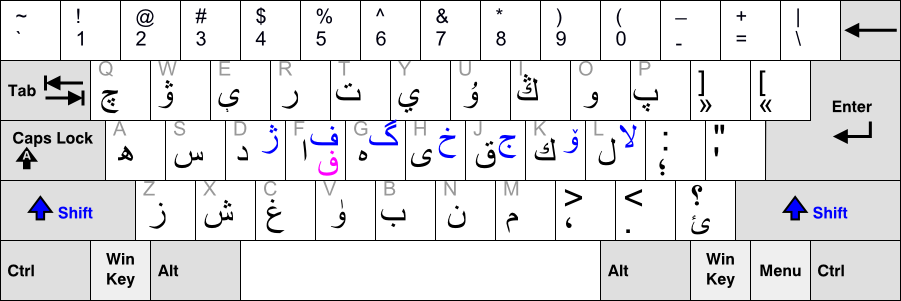|
Manas County
Manas County is a county in the Xinjiang, Xinjiang Uyghur Autonomous Region under the administration of the Changji Hui Autonomous Prefecture. It covers an area of and census it had a population of 170,000. The county seat is the old town of Manas, located on the Manasi River, Manas River just east of Shihezi. Manass has been called: "the biggest city (after Urumchi) in the biggest oasis on the biggest river of the North Road, and the chief centre of the T'ung-kan (Т′уң-кан, Dungan people, Dungan) population."Lattimore, Owen (1930) ''High Tartary'' Boston: Little, Brown, and Company. p. 43. Subdivisions Manas County is made up of 7 Towns of China, towns, 1 Townships of China, township, and 3 Ethnic townships, towns, and sums, ethnic townships. Climate Transport Manas is served by China National Highway 312, the Northern Xinjiang Railway, Northern Xinjiang and the Second Ürümqi-Jinghe Railway, Second Ürümqi-Jinghe Railways. Notable persons * Shewket Imin Se ... [...More Info...] [...Related Items...] OR: [Wikipedia] [Google] [Baidu] |
Counties Of China
Counties ( zh, s=县, labels=no) are found in the County-level divisions of China, third level of the administrative hierarchy in Provinces of China, provinces and Autonomous regions of China, autonomous regions and the second level in Direct-controlled municipality#People's Republic of China, municipalities and Hainan, a level that is known as "county level" and also contains autonomous county, autonomous counties, county-level city, county-level cities, Banners of Inner Mongolia, banners, Banners of Inner Mongolia#Autonomous banners, autonomous banners and District (China)#Ethnic districts, city districts. There are 1,355 counties in mainland China out of a total of 2,851 county-level divisions. The term ''xian'' is sometimes translated as "district" or "prefecture" when put in the context of History of China, Chinese history. History ''Xian'' have existed since the Warring States period and were set up nationwide by the Qin dynasty. The number of counties in China proper ... [...More Info...] [...Related Items...] OR: [Wikipedia] [Google] [Baidu] |
Uyghur Arabic Script
The Uyghur Arabic alphabet () is a version of the Arabic alphabet used for writing the Uyghur language, primarily by Uyghurs living in Xinjiang Uyghur Autonomous Region. It is one of several Uyghur alphabets and has been the official alphabet of the Uyghur language since 1982. The first Perso-Arabic derived alphabet for Uyghur was developed in the 10th century, when Islam was introduced there. The alphabet was used for writing the Chagatai language, the regional literary language, and is now known as the Chagatay alphabet (). It was used nearly exclusively up to the early 1920s. This alphabet did not represent Uyghur vowels and according to Robert Barkley Shaw, spelling was irregular and long vowel letters were frequently written for short vowels since most Turki speakers were unsure of the difference between long and short vowels. The pre-modification alphabet used Arabic diacritics (, and ) to mark short vowels. Also, the was used to represent a short by some Turki w ... [...More Info...] [...Related Items...] OR: [Wikipedia] [Google] [Baidu] |
Kazakh Language
Kazakh is a Turkic language of the Kipchak branch spoken in Central Asia by Kazakhs. It is closely related to Nogai, Kyrgyz and Karakalpak. It is the official language of Kazakhstan, and has official status in the Altai Republic of Russia. It is also a significant minority language in the Ili Kazakh Autonomous Prefecture in Xinjiang, China, and in the Bayan-Ölgii Province of western Mongolia. The language is also spoken by many ethnic Kazakhs throughout the former Soviet Union (some 472,000 in Russia according to the 2010 Russian census), Germany, and Turkey. Like other Turkic languages, Kazakh is an agglutinative language and employs vowel harmony. Kazakh builds words by adding suffixes one after another to the word stem, with each suffix expressing only one unique meaning and following a fixed sequence. ''Ethnologue'' recognizes three mutually intelligible dialect groups: Northeastern Kazakh—the most widely spoken variety, which also serves as the basis for the o ... [...More Info...] [...Related Items...] OR: [Wikipedia] [Google] [Baidu] |

